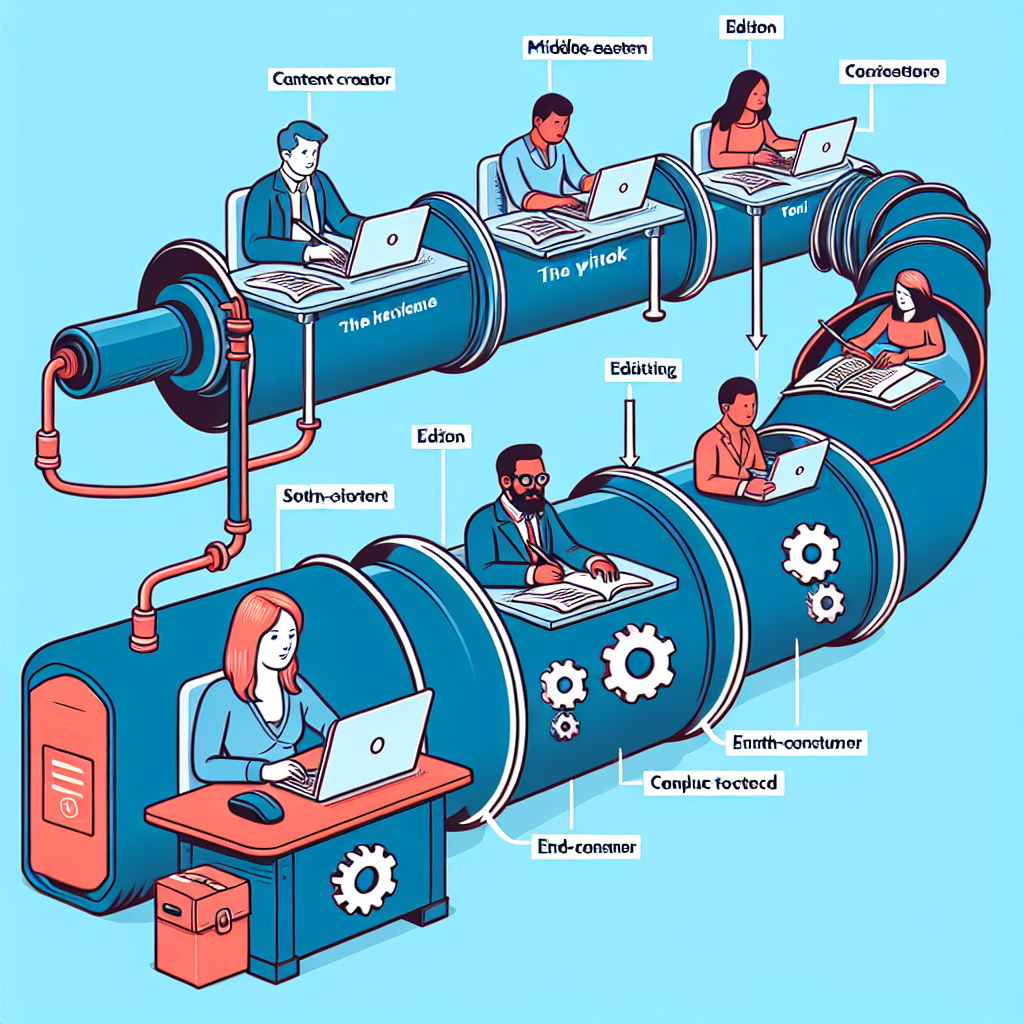Leveraging Rich Content: The SMB Advantage
Creating and distributing rich content offers SMBs the unique opportunity to establish authority and trust without extensive financial investment. In a market where consumer trust is paramount, well-crafted content can establish a brand’s credibility and thought leadership.
Experts assert that rich content is the cornerstone for inbound marketing, which can drive growth by attracting organic traffic. Studies show that companies leveraging content marketing see a 6-fold increase in conversion rates compared to those who do not.
Cost-Effectiveness and ROI
Rich content, such as blog posts, infographics, and videos, provides excellent return on investment. Research shows that content marketing costs 62% less than traditional marketing and generates about 3 times as many leads.
SEO Benefits
High-quality content helps improve search engine rankings, making it easier for potential customers to find SMBs online. By focusing on targeted keywords and customer queries, SMBs can organically climb the search engine ranks, outperforming competitors with larger budgets. Learn more about how to enhance your content creation with advanced tools and workflows.
Building Customer Relationships
Rich content keeps customers engaged and encourages repeat visits, creating loyalty and fostering long-term relationships. Case studies, customer testimonials, and DIY guides can offer value to customers while subtly promoting the brand.
Overcoming Challenges of Limited Resources
One common objection is that SMBs lack the resources and skills to create high-quality content consistently. While valid, this viewpoint overlooks the plethora of affordable tools and platforms available for content creation and distribution. Moreover, outsourcing to freelancers or agencies can provide professional results without breaking the bank. Discover strategies for filling your sales pipelines with targeted content.
Another argument is that results from content marketing are not immediate. Although patience is required, the long-term benefits far outweigh the initial waiting period. Strategic planning and consistent effort can lead to substantial and sustainable growth.
Rich content offers SMBs a beacon of hope in their quest for growth and increased revenue. It is a cost-effective, scalable, and highly adaptable strategy that can level the playing field against larger competitors. As digital landscapes continue to evolve, the importance of rich content will only grow, making it an indispensable tool for any SMB looking to establish authority and trust. Read more about rich content as the key to SMB growth and success.
It’s time for SMBs to embrace the transformative power of rich content marketing. Explore more here and start your journey towards sustainable growth today.
Related Posts:
Rich Content: The Key to SMB Growth and Success (96.83% match)
Targeted Content Strategy for Filling Sales Pipelines (87.25% match)
Enhancing Content Creation with Advanced Tools and Workflows (84.3% match)







